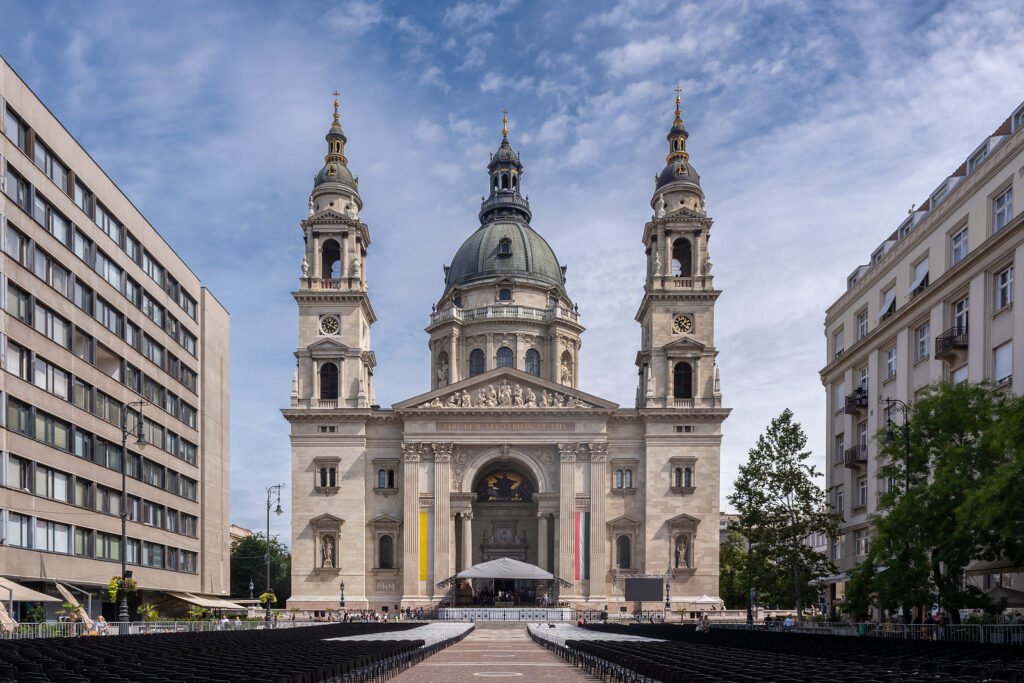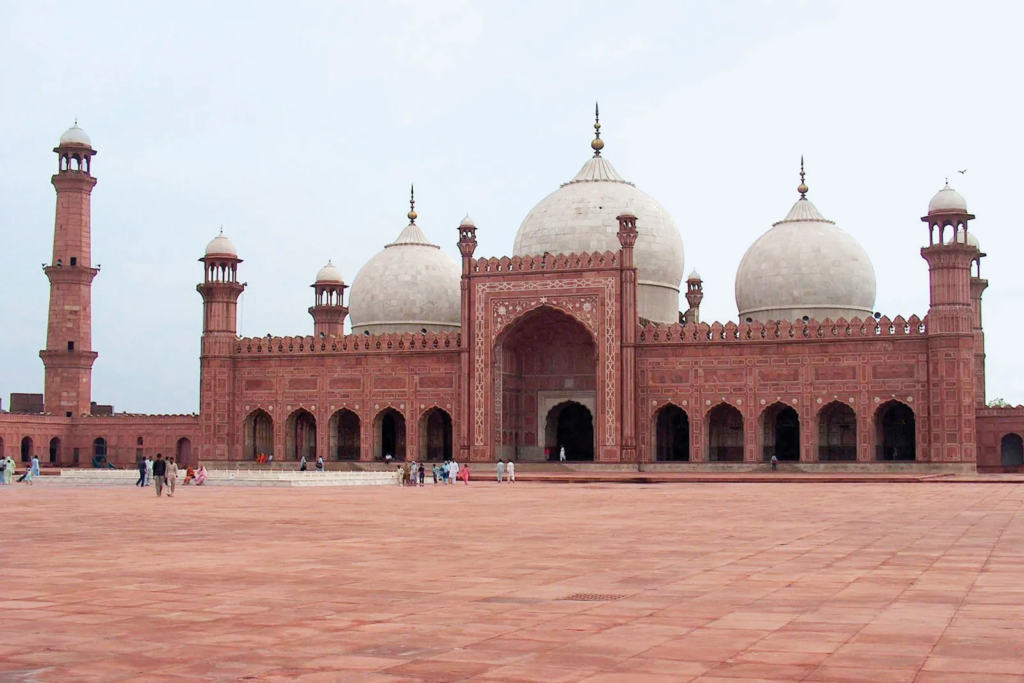Painting churches has been a significant aspect of artistic expression for centuries, reflecting both regional and religious diversity. From Byzantine icons to Renaissance masterpieces to contemporary interpretations, the art of painting churches varies greatly across different regions and religious traditions. This article aims to explore the diverse regional and religious variations in painting churches, highlighting the unique characteristics and influences that have shaped this form of artistic expression.
Byzantine and Orthodox Traditions
The tradition of painting churches in the Byzantine and Orthodox Christian world is characterized by its iconic and symbolic representations. Iconography plays a central role, with depictions of saints, biblical narratives, and theological concepts adorning the walls and domes of churches. The use of gold backgrounds, elongated figures, and stylized compositions distinguishes this tradition, reflecting a deep spiritual and theological significance.
Western Christian Traditions

In Western Christian traditions, particularly during the Renaissance, painting churches reached new heights of artistic achievement. From the intricate frescoes of Giotto in Italy to the grand altarpieces of Northern Europe, the portrayal of religious themes in churches was marked by naturalism, perspective, and humanistic influences. Regional variations emerged, with Italian, Spanish, Flemish, and German artists developing distinct styles and approaches to depicting religious subjects.
Islamic and Mughal Art
In Islamic and Mughal traditions, the ornamentation of mosques and palaces often incorporated intricate geometric patterns, calligraphy, and arabesques. While not strictly “churches” in the Christian sense, these religious spaces provide a unique insight into the fusion of art and spirituality within different religious contexts.

Hindu and Buddhist Art
In Hindu and Buddhist traditions, the painting of temples and stupas is a rich and diverse artistic practice. Vibrant murals, intricate mandalas, and divine iconography adorn these sacred spaces, reflecting the spiritual beliefs and cultural heritage of these traditions.
Contemporary Interpretations
In contemporary art, the painting of churches continues to evolve, incorporating a wide range of influences and perspectives. Artists from diverse cultural and religious backgrounds offer new interpretations of this tradition, exploring themes of spirituality, identity, and social justice within the context of painting churches.
Conclusion
The regional and religious variations in painting churches offer a rich tapestry of artistic expression, reflecting the diverse cultural and spiritual landscapes of the world. From the iconic symbolism of Byzantine icons to the naturalistic grandeur of Renaissance masterpieces, and the intricate ornamentation of non-Christian religious spaces, the art of painting churches continues to inspire and captivate audiences. Understanding these variations enriches our appreciation of the profound connection between art, religion, and culture.

